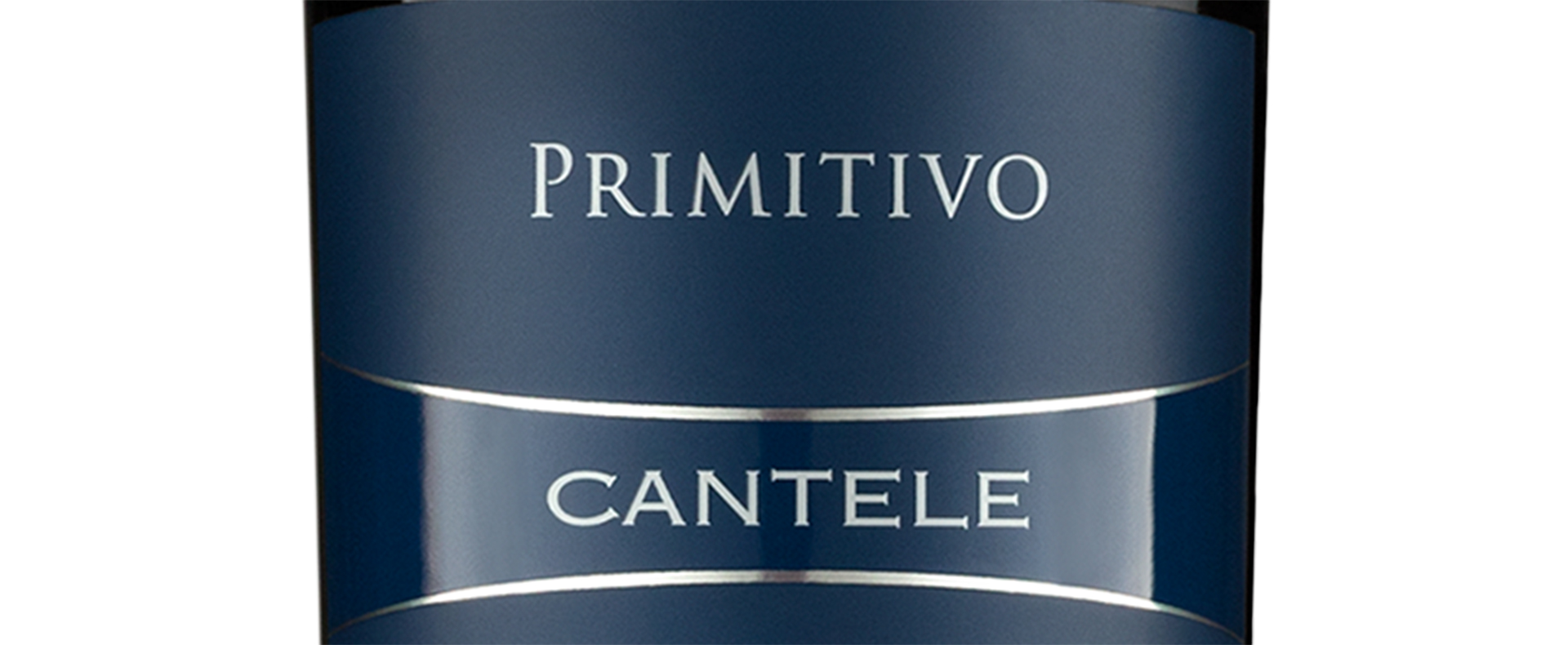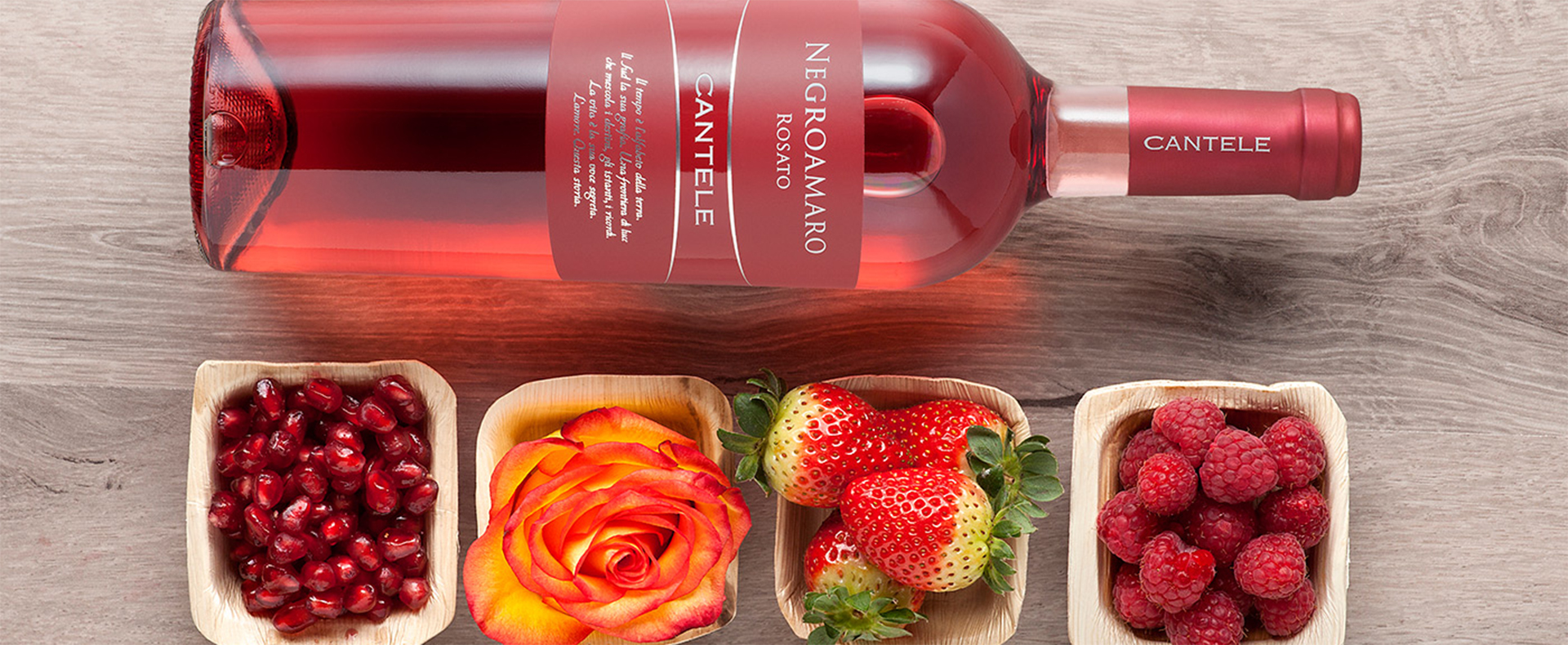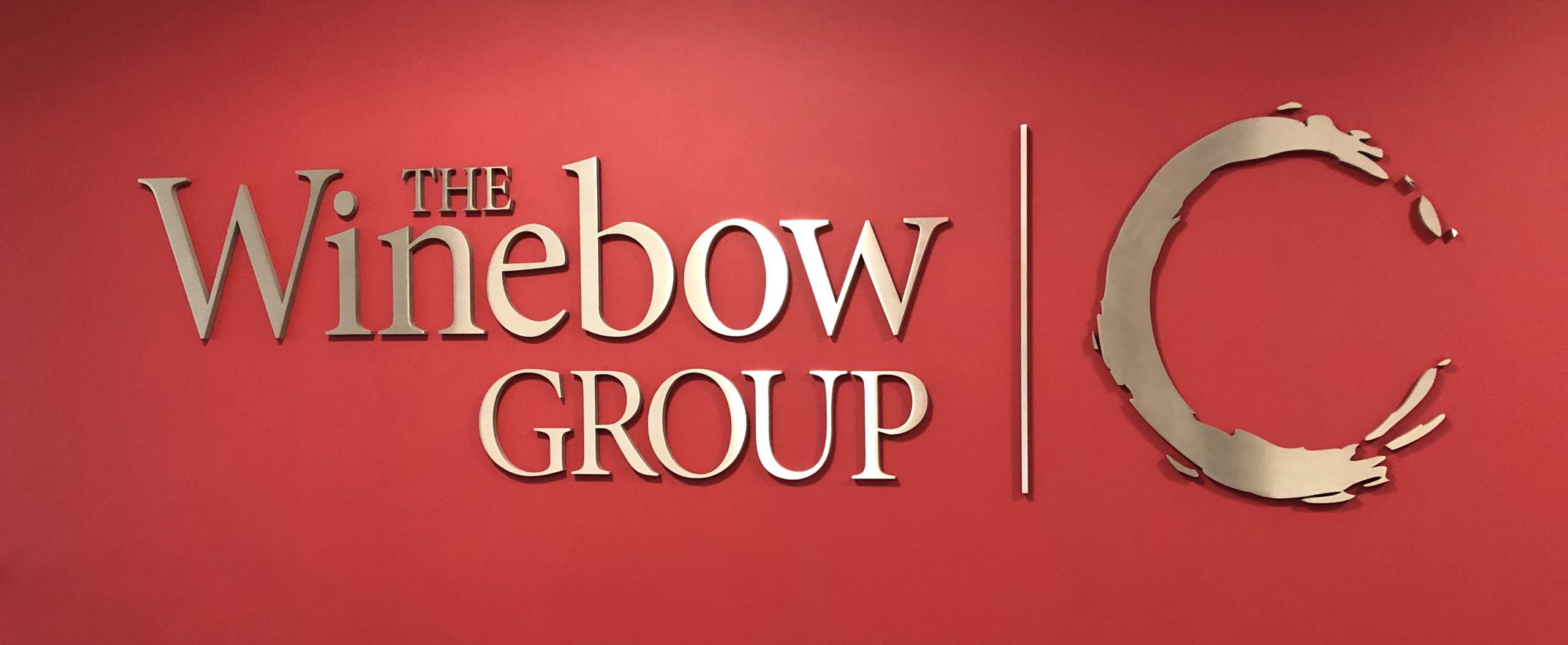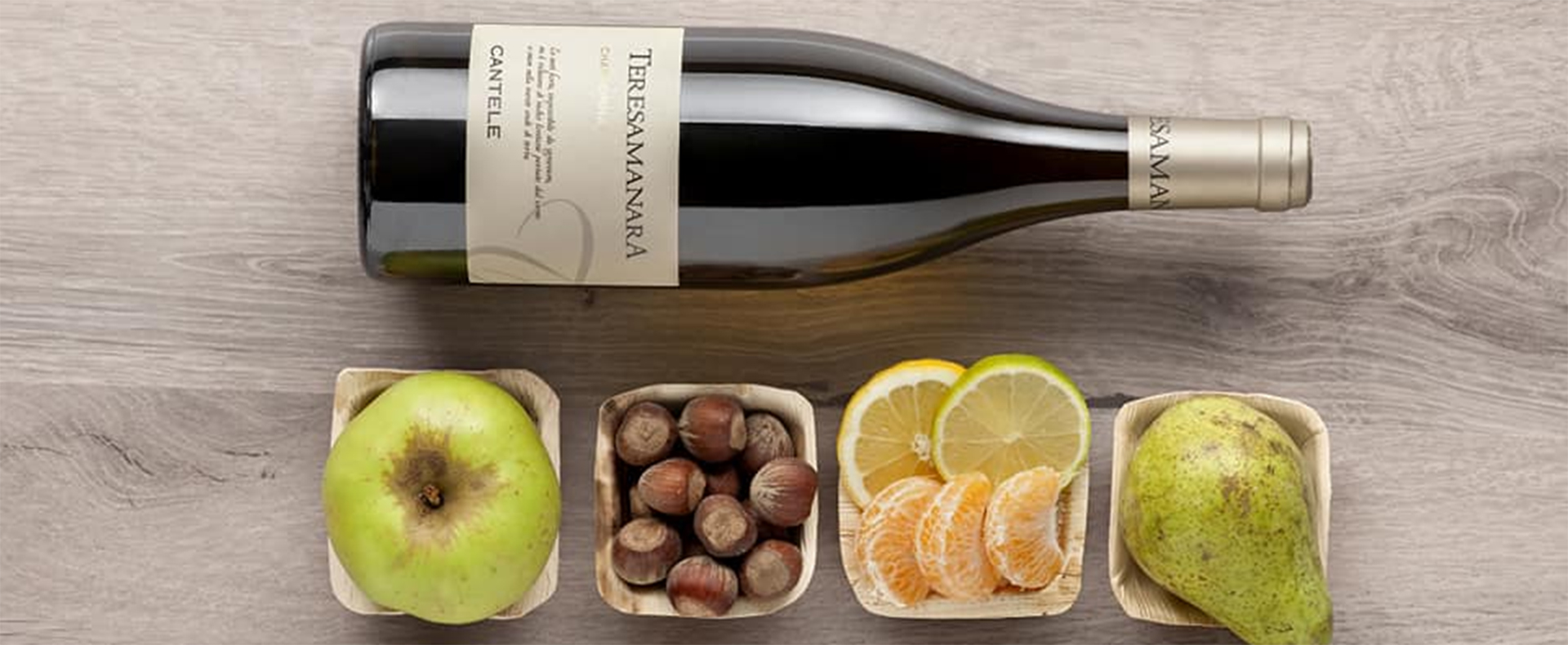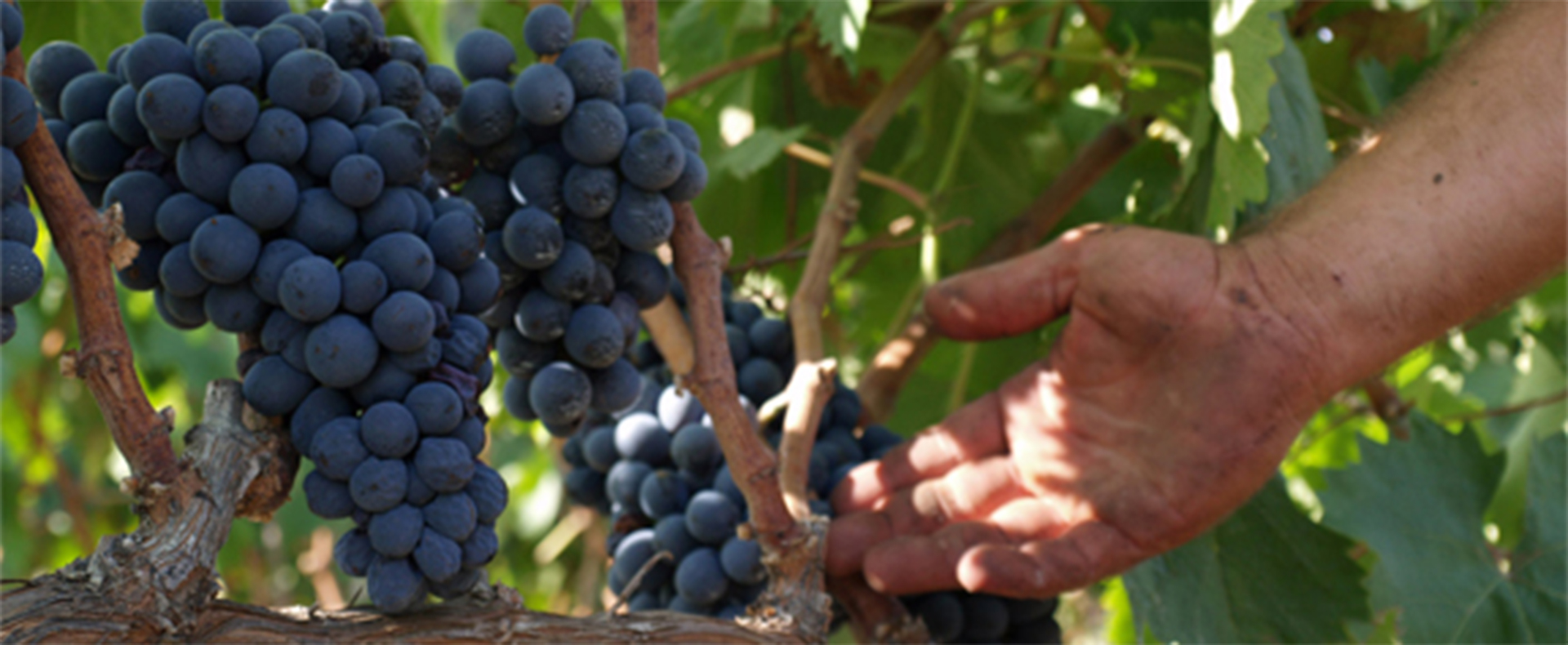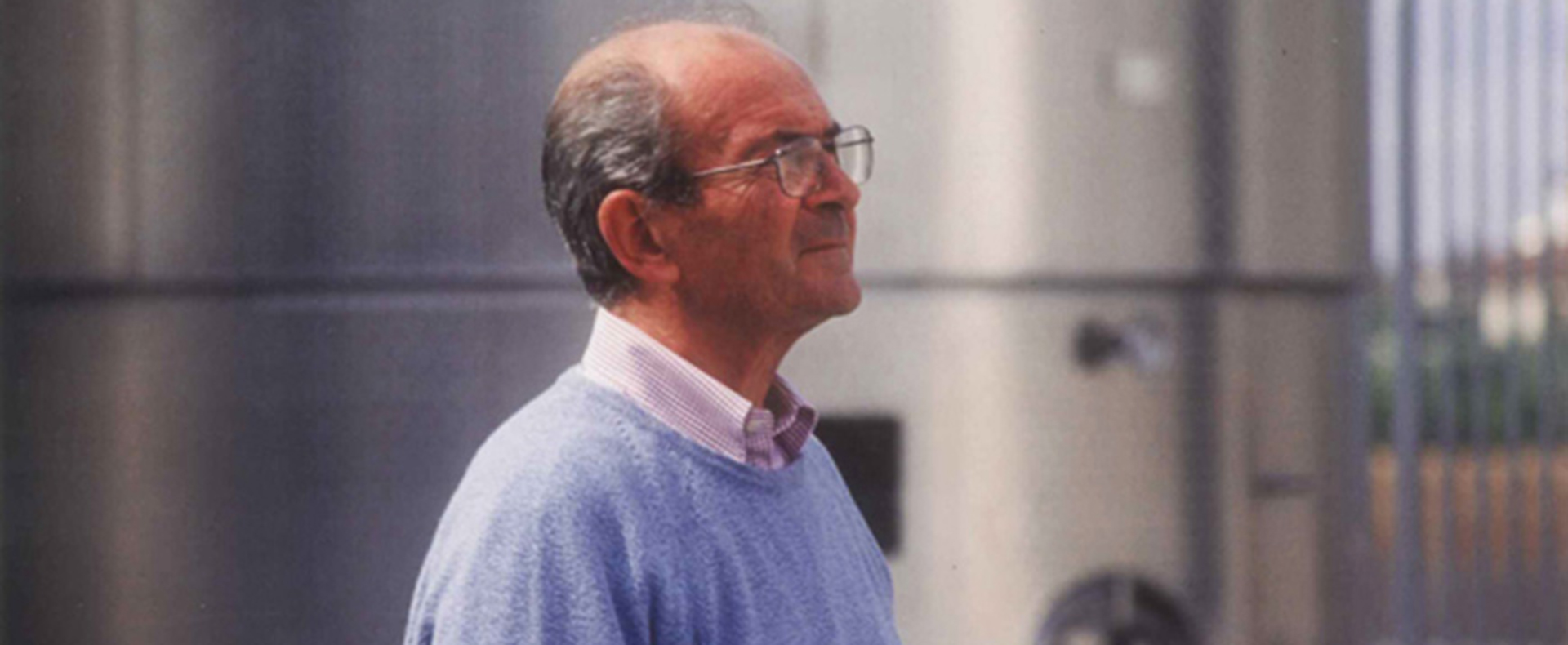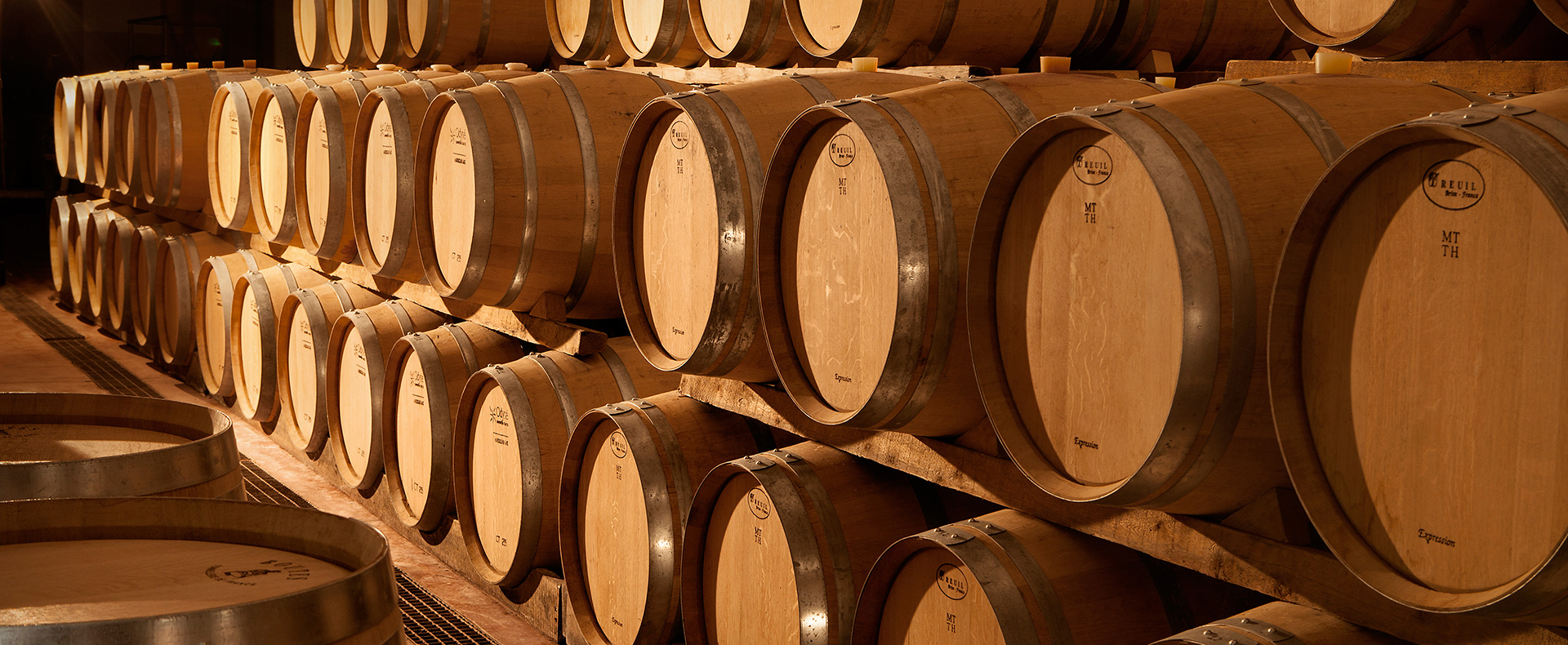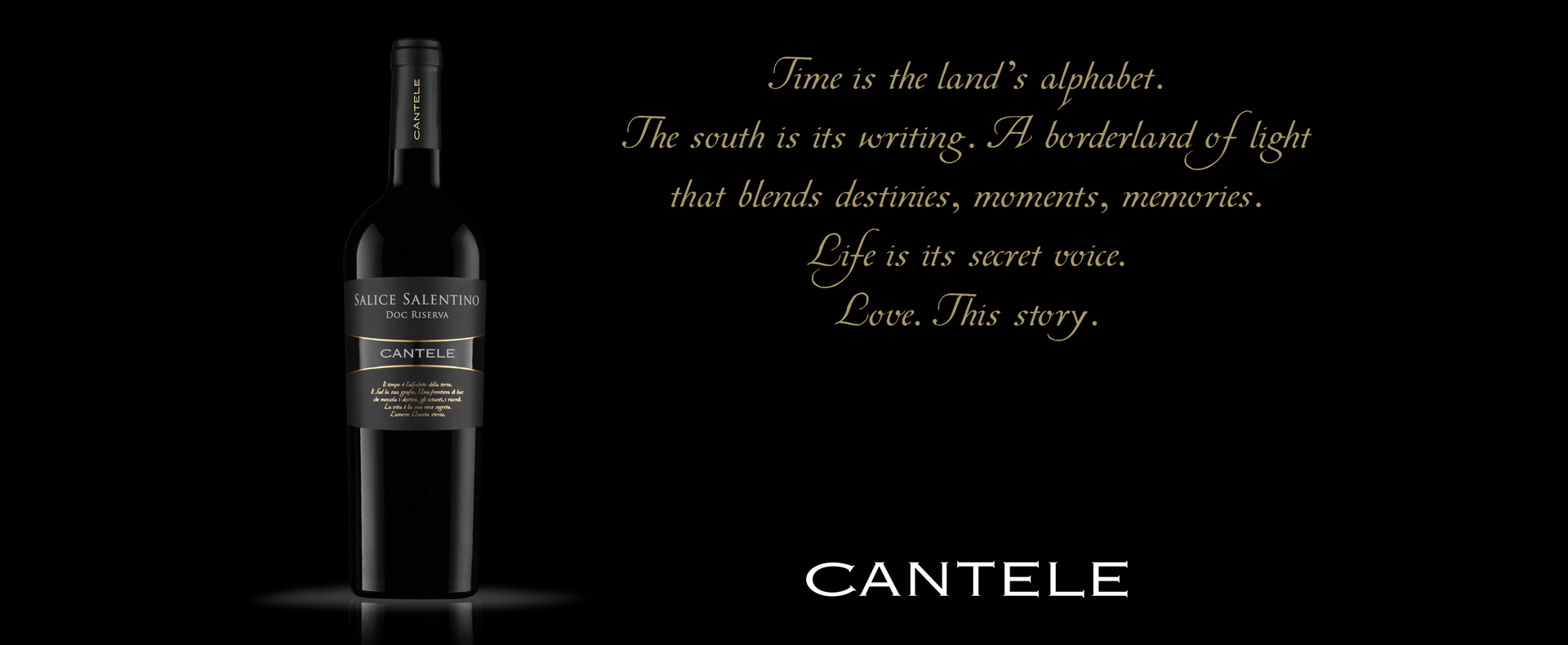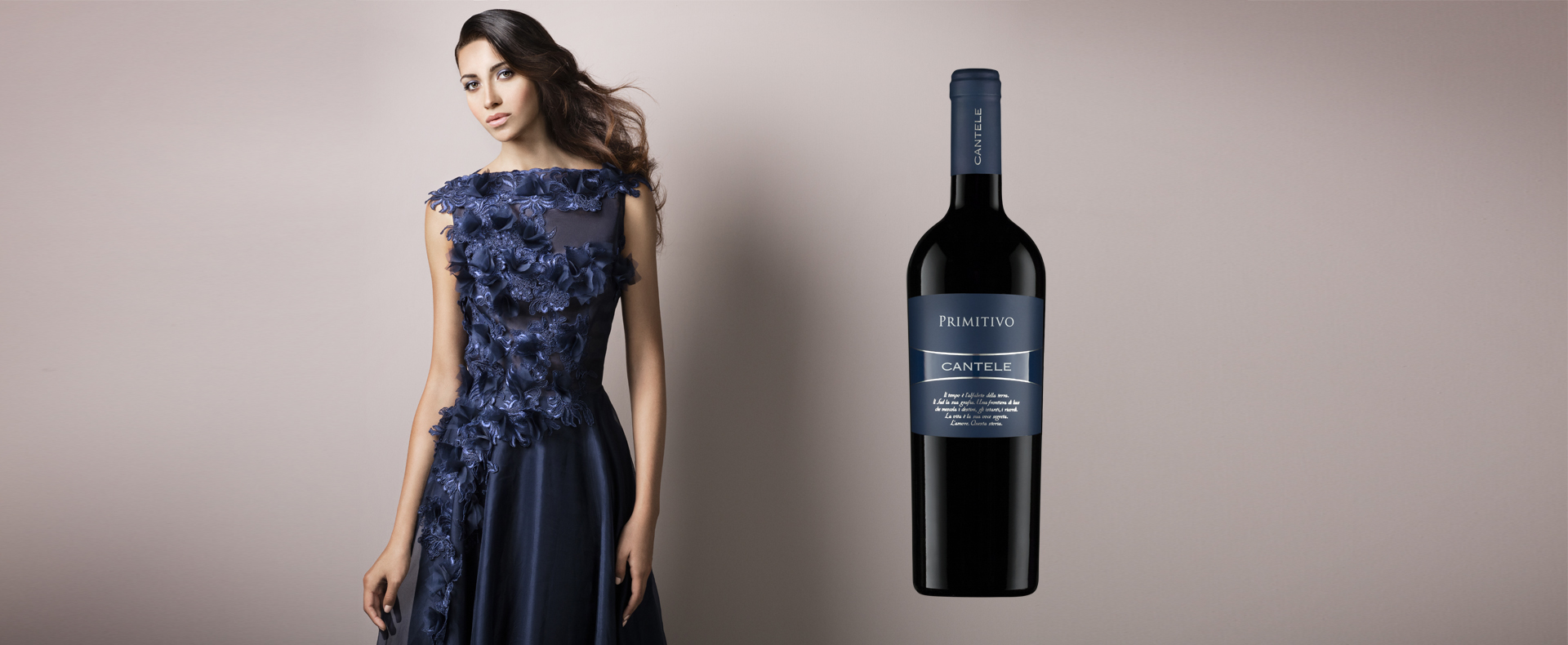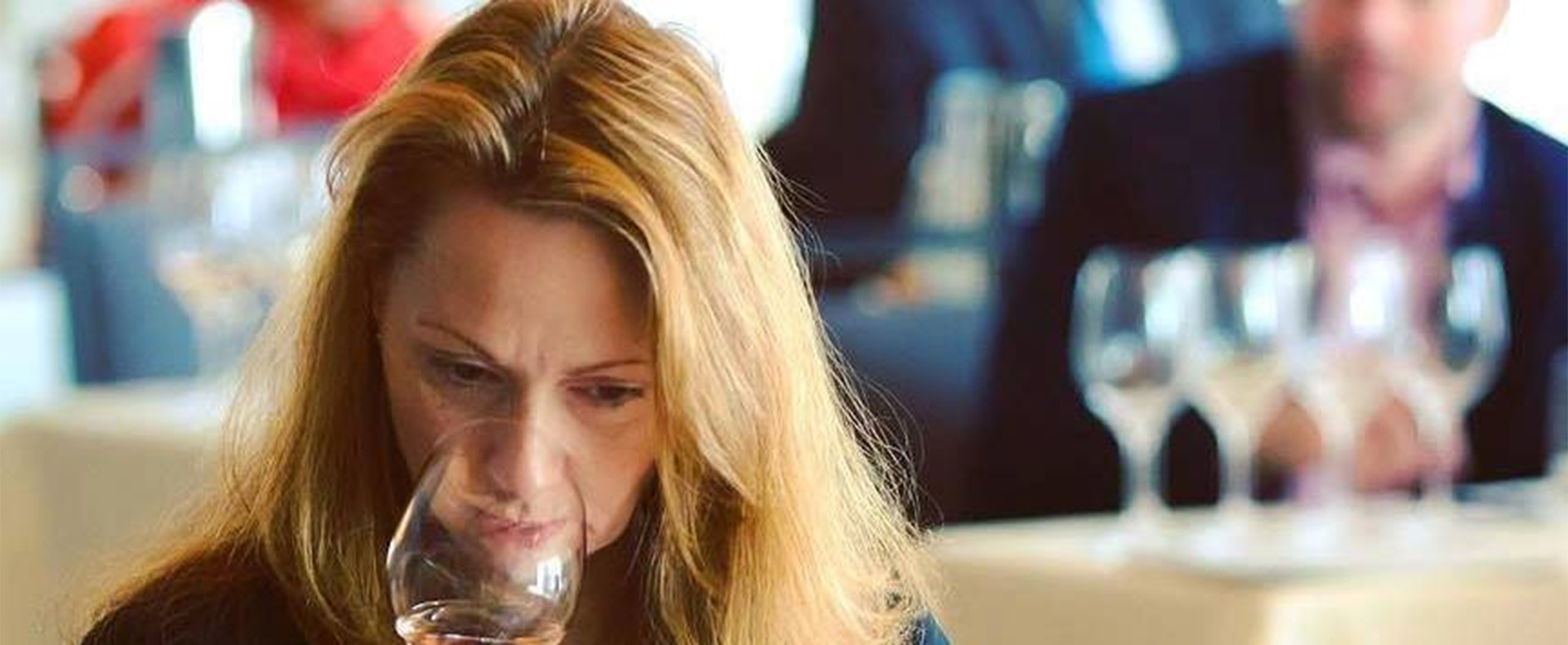I couldn’t be happy to share the following news with you.
The Cantele winery — a third-generation, family-owned and operated estate in Puglia — is beginning a new partnership with the premier importer of fine Italian wines in the U.S., Winebow.
Since its founding in 1979 by my grandfather Giovanni Battista, Cantele’s award-winning and highly rated wines have been a benchmark in Italian and Pugliese winemaking for 40 years. Our brand is one of Italy’s most esteemed and beloved and we sell our wines throughout the world, including northern Europe, Asia, and the Americas.
Founded in 1980, Winebow has reshaped the Italian wine market in the U.S. by introducing some of Italy’s most iconic wineries to American restaurateurs, retailers, and consumers. Today, its distribution network is considered the gold standard among Italian wine trade members and observers.
We couldn’t be more thrilled about this new adventure. There’s no doubt in our minds that Winebow has the prestige, the national reach, and the sales team that we need to continue to build our brand in north America.
—Paolo Cantele
About our family’s winery:
The Cantele estate is a third-generation family-owned and run winery founded by the current generation’s grandparents, immigrants from the north who settled in Puglia’s Salento peninsula after WWII. Known for its pioneering work with Chardonnay and its passion for native grapes Negroamaro and Primitivo, Cantele delivers high-quality, value-driven wines.
Salento is renowned for high-quality wine thanks to abundant ventilation, temperate weather, extreme diurnal shifts in summer, and limestone-rich soils. Over the last two decades, Cantele has implemented a cutting-edge “minimal intervention” system in its vineyards, thus ensuring freshness and varietal expression.
